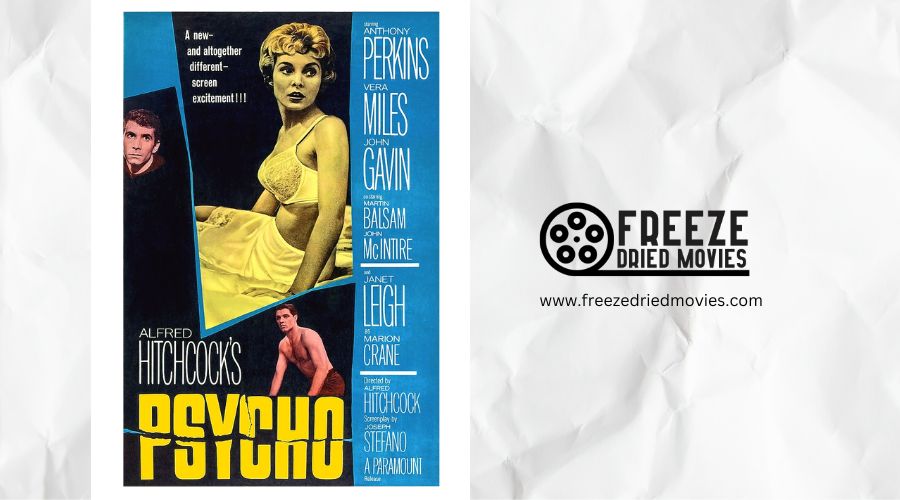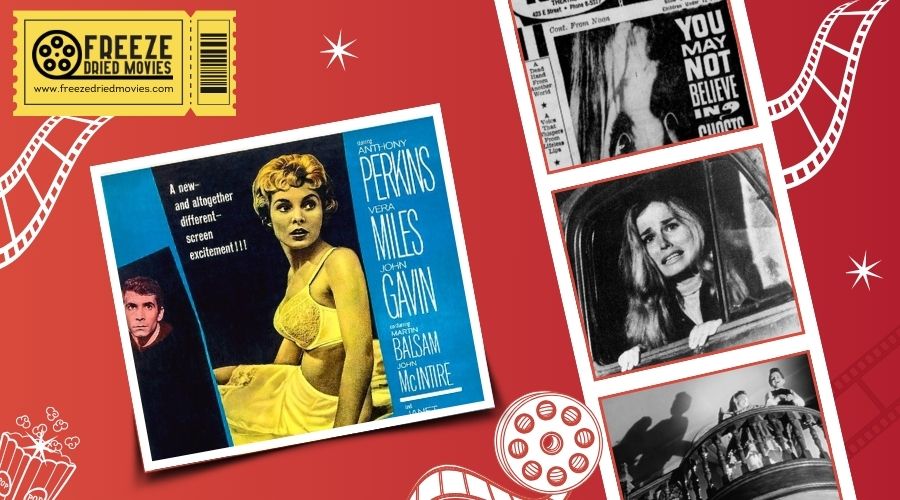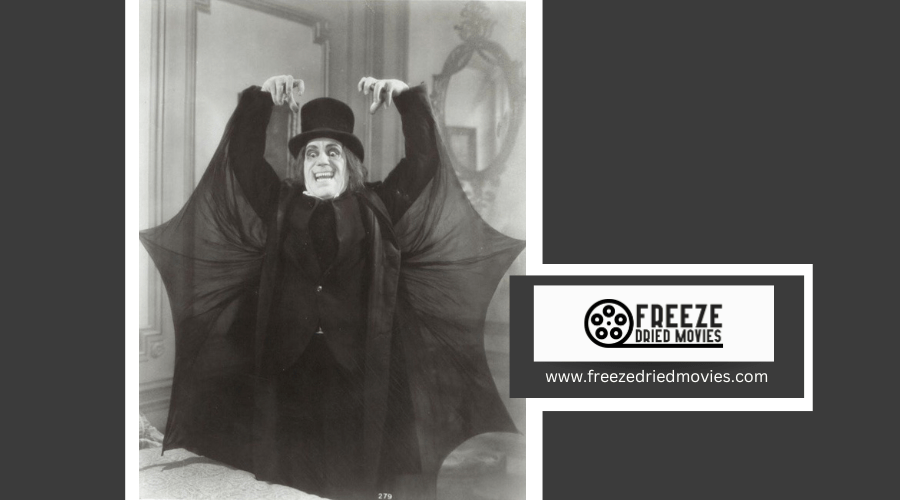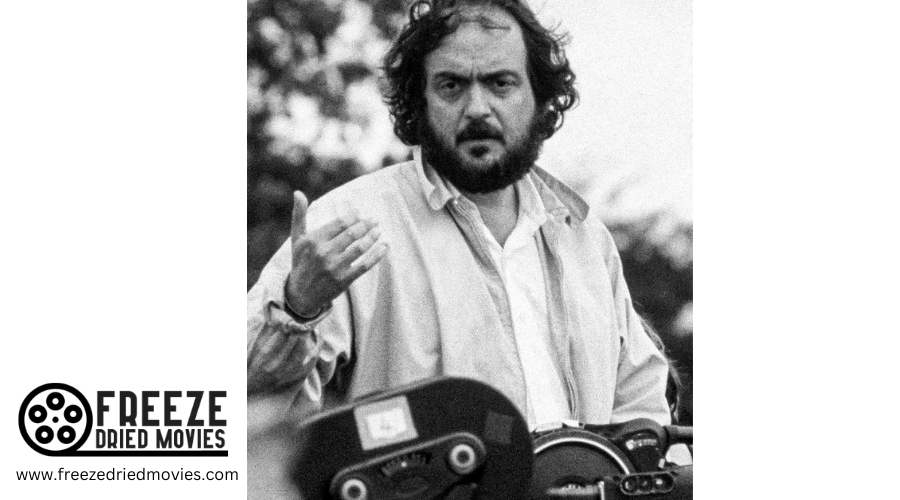1960s Horror: The Golden Age of Psychological Thrillers
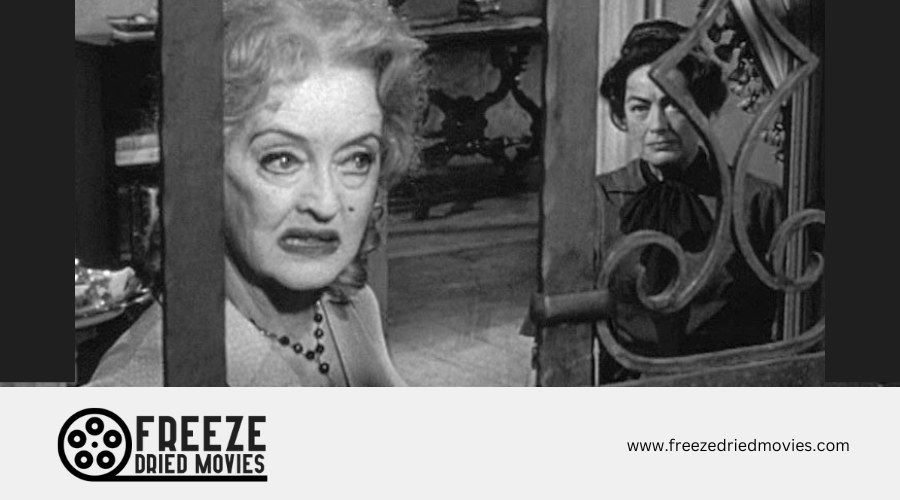
The 1960s marked a transformative era for horror cinema. This decade saw the genre evolve from classic monster movies to more psychological and disturbing tales. Filmmakers pushed boundaries, exploring new themes and techniques that would shape horror for years to come.
Horror movies in the 1960s ranged from low-budget thrillers to big-studio productions. They tackled social issues, delved into the human psyche, and introduced iconic characters and storylines. This period laid the groundwork for many horror subgenres we know today, cementing the 1960s as a pivotal time in horror history.
Bad Girls and Bloody Thrills
The 1960s brought a new wave of horror films that reflected the era's social upheaval. These movies traded rubber monsters for human terrors, exploring the darker side of society.
"What Ever Happened to Baby Jane?" (1962) kicked off a trend of "psycho-biddy" films. These movies featured aging actresses as unhinged characters, tapping into fears about women's changing roles. Bette Davis and Joan Crawford's iconic performances captured the madness lurking behind faded glamour.
Slasher films also emerged during this decade. These bloody tales often focused on revenge, with killers targeting those who wronged them. "Peeping Tom" (1960) and "Psycho" (1960) laid the groundwork for the serial killer subgenre that would explode in later years.
Body horror became more prevalent too. "Eyes Without a Face" (1960) told the unsettling story of a plastic surgeon's twisted experiments. This French film pushed boundaries with its gruesome imagery and themes of identity.
Low-budget films like "Spider Baby" (1967) embraced pure weirdness. This cult classic mixed dark humor with taboo subjects, creating a uniquely unsettling viewing experience.
Key themes in 1960s horror:
- Mental illness
- Family dysfunction
- Sexual repression
- Generational conflict
- Loss of identity
Horror movies of this era often used shocking violence to grab attention. But the best films went deeper, exploring social anxieties bubbling under the surface. They held up a mirror to society, asking uncomfortable questions about human nature.
As censorship rules loosened, filmmakers pushed boundaries further. Nudity and gore became more common, especially in independent productions. Drive-in theaters provided a perfect venue for edgier content aimed at teen audiences.
The 1960s set the stage for horror's future. Many tropes and subgenres that dominate modern horror trace their roots to this decade of innovation and experimentation.
From Suspense to Screams
Psycho (1960)

Alfred Hitchcock's "Psycho" marked a turning point in cinema, blurring the lines between thriller and horror. This groundbreaking film introduced audiences to Norman Bates, a character who became the blueprint for many future movie monsters.
The movie's plot centers on Marion Crane, who steals money from her employer and flees to a remote motel. There, she meets the seemingly harmless Norman Bates, the motel's proprietor. What follows is a masterclass in building tension and fear.
Key elements that make "Psycho" stand out:
- Innovative storytelling
- Iconic shower scene
- Bernard Herrmann's chilling score
- Anthony Perkins' haunting performance as Norman Bates
Hitchcock's decision to film in black and white added to the movie's stark, unsettling atmosphere. He used shadows and tight camera angles to create a sense of claustrophobia and dread.
The film's marketing strategy was also unique:
- Theaters were instructed not to allow late admissions
- Audiences were sworn to secrecy about the plot twists
- The poster featured Janet Leigh in revealing attire, hinting at risqué content
"Psycho" delves deep into the human psyche, exploring themes of:
- Identity
- Guilt
- Paranoia
- Mother-son relationships
The character of Norman Bates is a complex study in psychological horror. His split personality and mommy issues set a new standard for movie villains. Bates is both pitiable and terrifying, a combination that keeps viewers on edge.
Some of the film's most memorable scenes:
| Scene | Impact |
|---|---|
| Shower scene | Changed how violence was depicted on screen |
| Car sinking in swamp | Built suspense without dialogue |
| Fruit cellar reveal | Shocking twist that still resonates |
"Psycho" also challenged censorship norms of the time. It was one of the first American films to show a flushing toilet on screen, a detail that seems trivial now but was controversial then.
The film's influence extends far beyond horror:
- It inspired countless imitations and homages
- Its twist ending became a template for future thrillers
- The score influenced how music is used to create tension in films
Hitchcock's technical mastery is on full display in "Psycho." He used a variety of camera techniques to manipulate the audience's emotions:
- Low-angle shots to make characters seem more threatening
- Point-of-view shots to increase tension
- Quick cuts in the shower scene to suggest violence without showing it explicitly
The movie's success sparked a trend of psychological thrillers that continue to this day. It showed that horror could be more than just monsters and ghosts - the human mind could be the scariest thing of all.
"Psycho" remains a cornerstone of cinema history. Its blend of suspense, horror, and psychological depth continues to captivate audiences and inspire filmmakers. The film's legacy is a testament to Hitchcock's genius and his ability to tap into primal fears that lurk in the human psyche.
Eerie Nighttime Noises
The Innocents (1961)
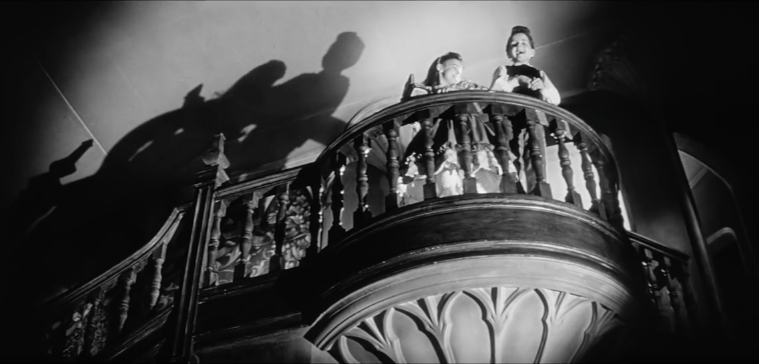
"The Innocents" takes Henry James' classic ghost story to the big screen. This black-and-white film keeps viewers guessing about what's real and what's imagined.
Deborah Kerr plays Miss Giddens, a governess who comes to a country estate to care for two children. As strange events unfold, she starts to wonder if the house is haunted or if her mind is playing tricks on her.
The movie blends different elements:
- Psychological suspense
- Gothic horror
- Repressed sexuality
Director Jack Clayton creates an unsettling mood through:
- Misty landscapes
- Shadowy interiors
- Sudden noises and glimpses of figures
Kerr's performance adds depth to the story. Her character seems lonely and high-strung, making viewers question if she can be trusted.
Key scenes that build tension:
- A face appears at a window
- Whispers echo through empty rooms
- Children act strangely mature
The film never fully explains what's going on. This leaves viewers to decide for themselves if ghosts are real or if it's all in Miss Giddens' head.
Carnival of Souls (1962)

"Carnival of Souls" is a spooky cult classic made on a tiny budget. It follows Mary Henry, played by Candace Hilligoss, after she survives a car crash.
The movie has a dream-like quality that keeps viewers off-balance. Mary feels cut off from the world around her, like she doesn't quite belong.
Creepy elements in the film:
- Pale-faced figures that only Mary sees
- An abandoned carnival pavilion
- Organ music that haunts Mary
Director Herk Harvey uses simple but effective tricks to create fear:
- Stark black-and-white photography
- Weird camera angles
- A sparse, eerie soundtrack
The story starts with a drag race gone wrong. This sets up the theme of death that runs through the whole movie.
Mary tries to start a new life in a new town, but weird things keep happening:
- She can't hear people talking to her
- Ghostly figures appear and disappear
- She feels drawn to the old carnival by the lake
The film builds to a strange and sad ending that makes viewers think about life, death, and what comes after.
Both "The Innocents" and "Carnival of Souls" show how 1960s horror movies could be scary without lots of special effects. They use the power of suggestion and let viewers' minds fill in the blanks. These films focus on women who might be losing touch with reality, which was a common theme in horror at the time.
Spine-Tingling Shocks
The Winged Menace (1959)
Roger Corman's knack for creating memorable B-movies shines in this cult classic about a human-insect hybrid. The film follows a cosmetics company owner who uses wasp enzymes to regain her youth, with disastrous results. Despite its limited budget, the movie showcases Corman's creativity and flair for the dramatic.
The plot echoes similar monster films of the era but adds unique twists. Corman's ability to craft engaging stories on a shoestring budget is evident throughout. The film's practical effects and makeup, while modest, effectively convey the protagonist's transformation.
Key elements that make this film stand out:
- Clever use of limited resources
- A female lead character
- Blend of horror and science fiction themes
The movie's enduring popularity speaks to Corman's talent for tapping into audience desires. It remains a fun, campy romp that horror fans still enjoy today.
Gothic Tales: Corman's Poe Films
In the early 1960s, Roger Corman embarked on a series of Edgar Allan Poe adaptations that would define his career. These films marked a shift from his earlier low-budget monster movies to more ambitious productions.
The cycle began with "House of Usher" in 1960. When studio executives questioned the lack of a monster, Corman argued that Poe's stories offered something deeper and more psychological. His gamble paid off, as the film's success paved the way for more Poe adaptations.
Key aspects of Corman's Poe cycle:
- Vivid color cinematography
- Gothic sets and costumes
- Psychological horror elements
- Vincent Price as a frequent star
Price's performances were central to these films' appeal. His commanding presence and rich voice brought Poe's troubled characters to life. The actor's collaboration with Corman produced some of the most memorable horror films of the decade.
Corman's Poe films weren't just period pieces. They resonated with 1960s audiences by exploring themes relevant to the era:
| Theme | Relevance to 1960s |
|---|---|
| Collapse of old orders | Civil Rights movement |
| Generational conflict | Growing "generation gap" |
| Hidden desires | Sexual revolution |
The films often featured surreal nightmare sequences and hints of the occult. These elements appealed to young viewers and reflected the decade's growing interest in altered states of consciousness.
Corman's approach to these adaptations was both faithful and innovative. He captured the essence of Poe's gothic horror while adding his own cinematic flair. The use of vibrant colors and elaborate sets created a dreamlike atmosphere that enhanced the stories' psychological depth.
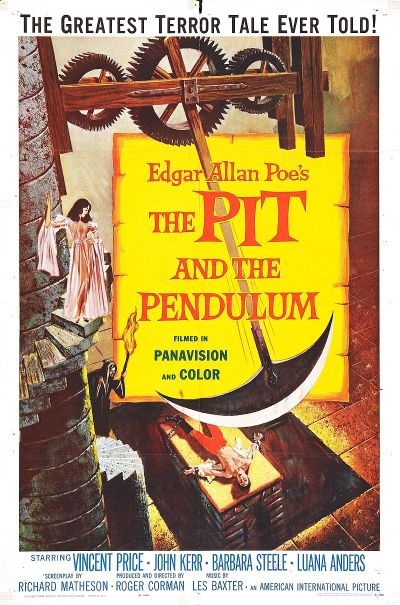
Some notable entries in Corman's Poe cycle include:
- "The Pit and the Pendulum" (1961)
- "The Masque of the Red Death" (1964)
- "The Raven" (1963) - A more comedic take on Poe's work
These films showcased Corman's growth as a filmmaker. He moved beyond simple shock tactics to create rich, atmospheric horror that left a lasting impact on the genre.
Corman's Poe adaptations proved that horror could be both intellectually stimulating and visually stunning. They influenced a generation of filmmakers and set a new standard for gothic horror on screen.
Hammer Horror Films
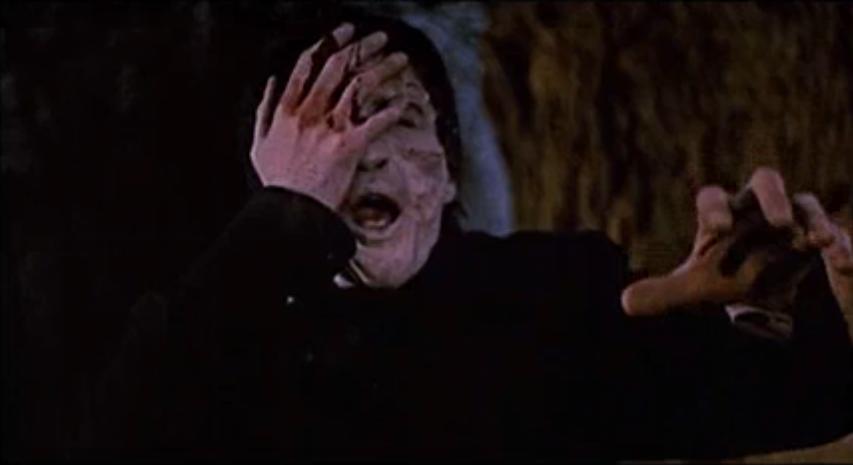
Hammer Films became a powerhouse in the horror genre during the mid-20th century. The British company, founded in 1934, hit its stride in the late 1950s and 1960s. They breathed new life into classic monster tales, adding a dash of spice to attract adult audiences.
Hammer's success came from a winning mix of ingredients. They blended scary stories with beautiful women, eye-catching violence, and hints of romance. The films often pushed boundaries, aiming for the 'X' rating that promised grown-up content.
Peter Cushing and Christopher Lee became the faces of Hammer horror. These talented actors took on many scary roles, following in the footsteps of earlier horror stars. They brought depth and charm to their monster parts, winning fans around the world.
The studio had a knack for creating a special look in their films. Many were shot at Bray Studios, a historic house by the River Thames. This setting gave Hammer movies a unique feel, mixing old-world charm with spine-chilling scares.
Some famous Hammer films include:
- "Dracula" (1958)
- "The Curse of Frankenstein" (1957)
- "The Mummy" (1959)
- "The Devil Rides Out" (1968)
"The Devil Rides Out" stands out as one of Hammer's best. It deals with black magic and satanic cults, topics that were quite shocking for the time. Christopher Lee plays the hero in this film, fighting against dark forces.
While not a Hammer production, "Witchfinder General" (1968) fits the mood of their films. It tells a grim story about witch hunts in England. The movie shocked viewers with its harsh look at a dark chapter in history.
Hammer didn't shy away from witchcraft themes. "The Witches" (1966) and "Twins of Evil" (1971) both touched on the subject. These films mixed folklore, fear, and a bit of history to create scary stories.
The studio often returned to Dracula, making several sequels. "Dracula Has Risen from the Grave" (1968) is a fan favorite. It features Christopher Lee once again as the famous vampire. The movie has striking visuals and a compelling story.
Hammer's "Glamour Girls" were a big part of their appeal. Actresses like Caroline Munro, Ingrid Pitt, and Madeline Smith became stars. They brought beauty and strength to their roles, often playing both victims and villains.
The studio's impact went beyond just making scary movies. They showed that horror films could be stylish and grown-up. Hammer paved the way for more adult themes in horror cinema.
By the late 1970s, Hammer's formula began to lose its magic. Changing tastes and new kinds of horror films made their style seem old-fashioned. The studio stopped making films for a while.
In recent years, there have been efforts to bring back Hammer Films. New movies like "Let Me In" (2010) and "The Woman in Black" (2012) have carried on the Hammer name. These films try to capture the spirit of the classics while appealing to modern audiences.
Hammer Horror remains a beloved part of film history. Fans still watch the old movies, enjoying their mix of scares and style. The studio's legacy lives on, inspiring new generations of filmmakers and horror fans alike.
Other Notable 1960s Horror Films
Night of the Living Dead (1968)
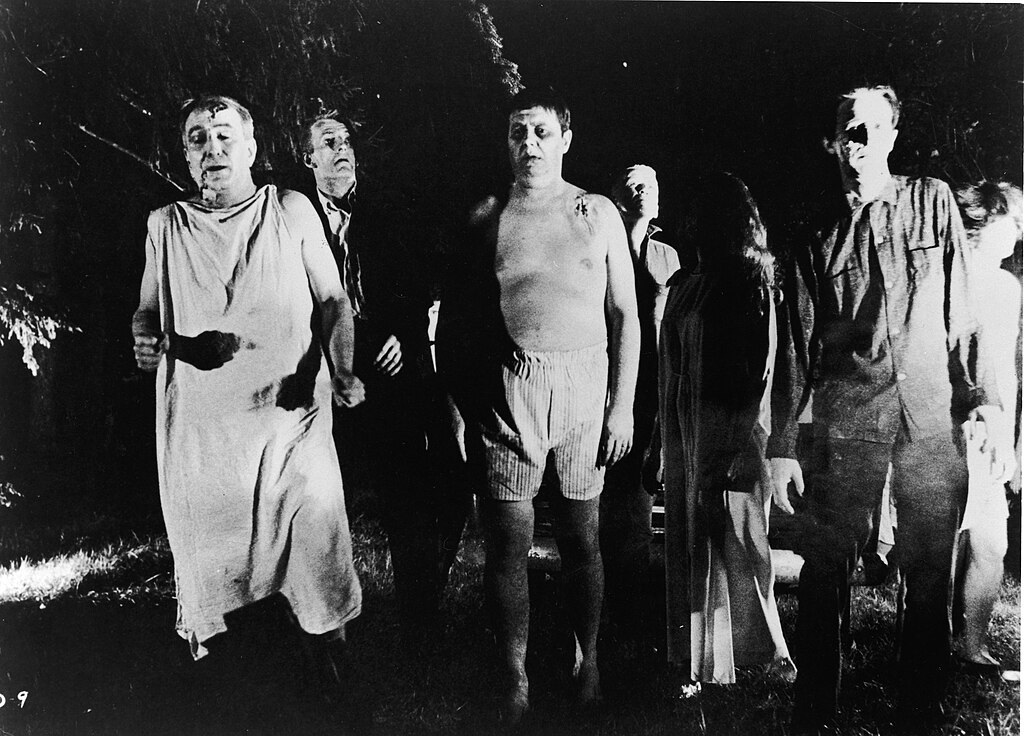
George Romero's "Night of the Living Dead" changed horror forever. Made for just $114,000, this zombie classic began as "Monster Flick" in Pittsburgh. The film took a realistic approach to its gory subject - humans eating brains. This stark style marked a shift from earlier, more stylized horror movies.
Released in October 1968, "Night of the Living Dead" hit screens during turbulent times. Its images of chaos felt familiar to viewers who'd seen real violence on TV. The film's martial law scenes echoed current events. Romero proved horror could offer sharp social commentary. He even tackled racial issues head-on, rare for horror then and now.
The movie spawned the zombie genre and influenced countless films. Its low-budget success inspired many indie filmmakers. "Night of the Living Dead" showed that with creativity and guts, anyone could make a hit horror film.
Rosemary's Baby (1968)

"Rosemary's Baby" tapped into fears about evil children. It built on ideas from earlier films like "The Bad Seed" and "Village of the Damned". The movie also touched on hot-button issues like women's rights.
Rosemary's lack of control over her pregnancy struck a chord. The film highlighted how women could be manipulated by those in power. Its themes of medical gaslighting still feel relevant today.
"Rosemary's Baby" kick-started the evil child trend in 1970s horror. Movies like "It's Alive" and even "Alien" owe it a debt. Modern filmmakers often nod to its influence. You can see echoes of it in recent hits like "Get Out" and "Hereditary".
The film's blend of psychological horror and supernatural dread was groundbreaking. It proved horror could be sophisticated and thought-provoking. "Rosemary's Baby" raised the bar for what a horror film could be.

